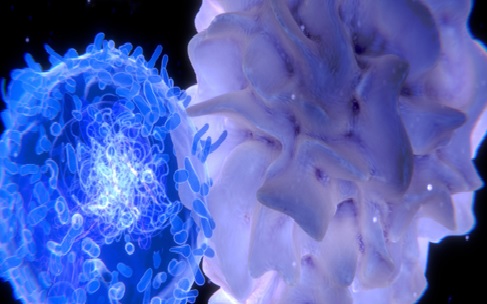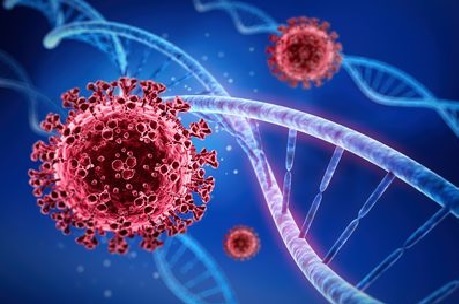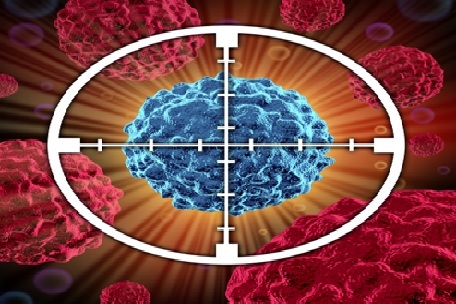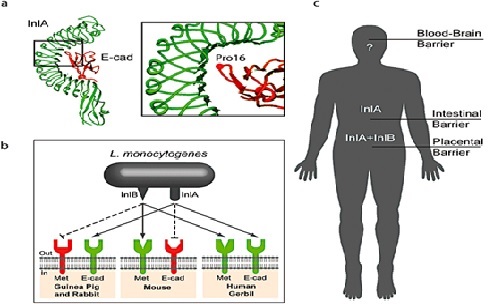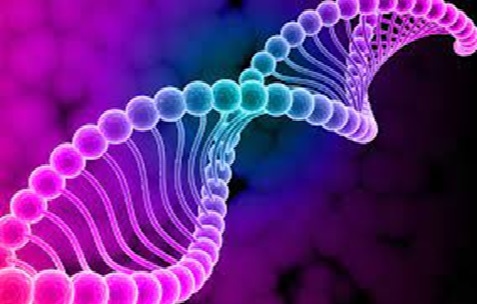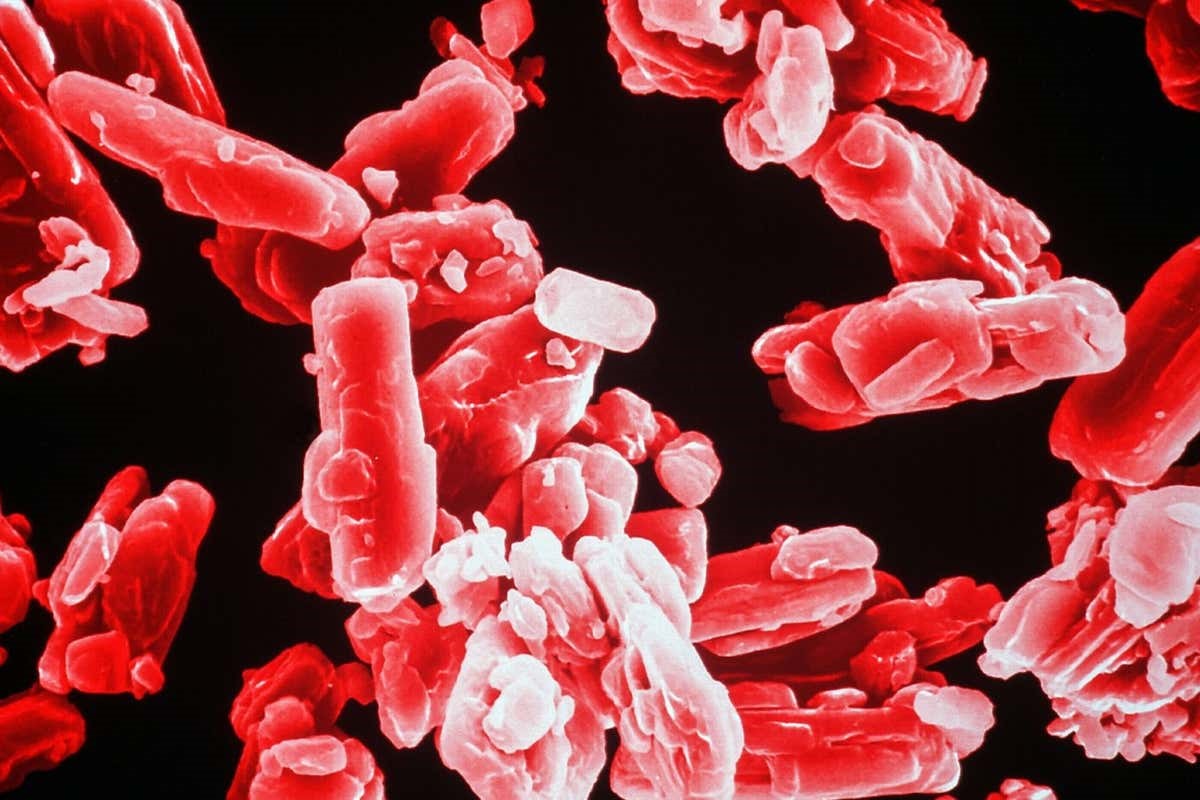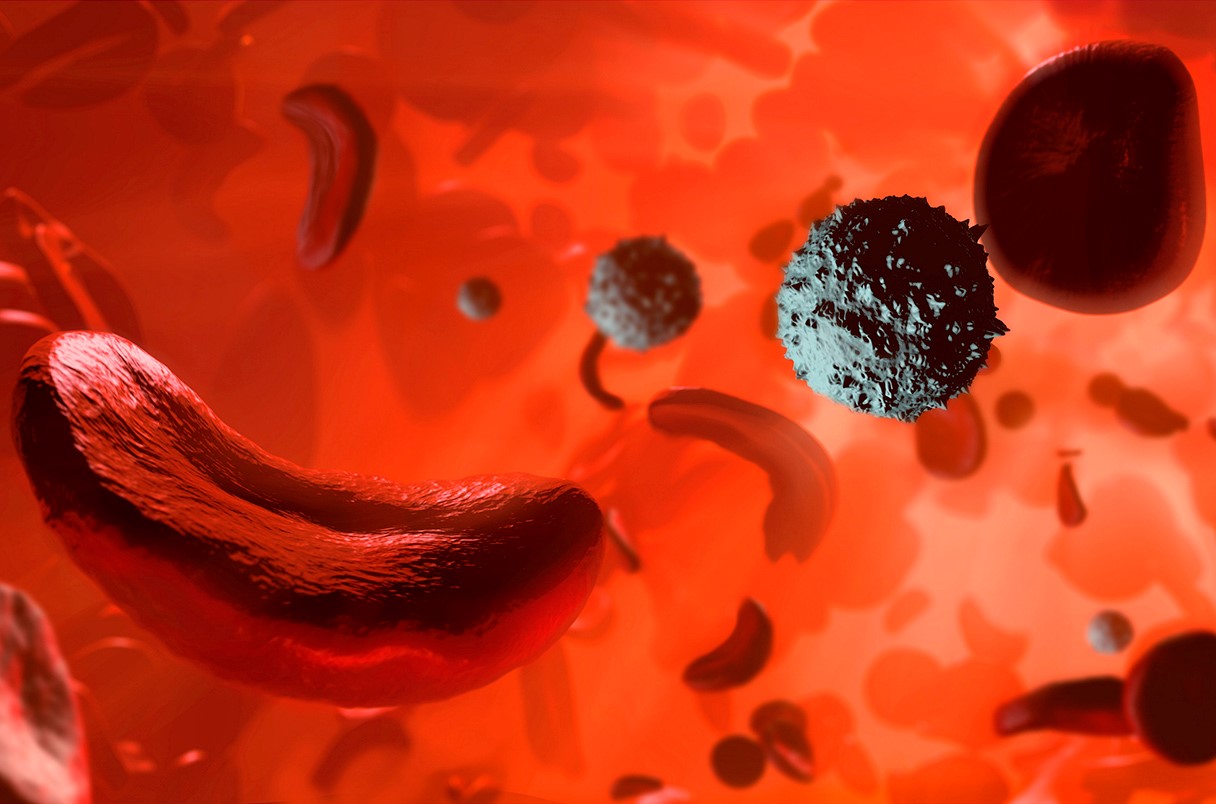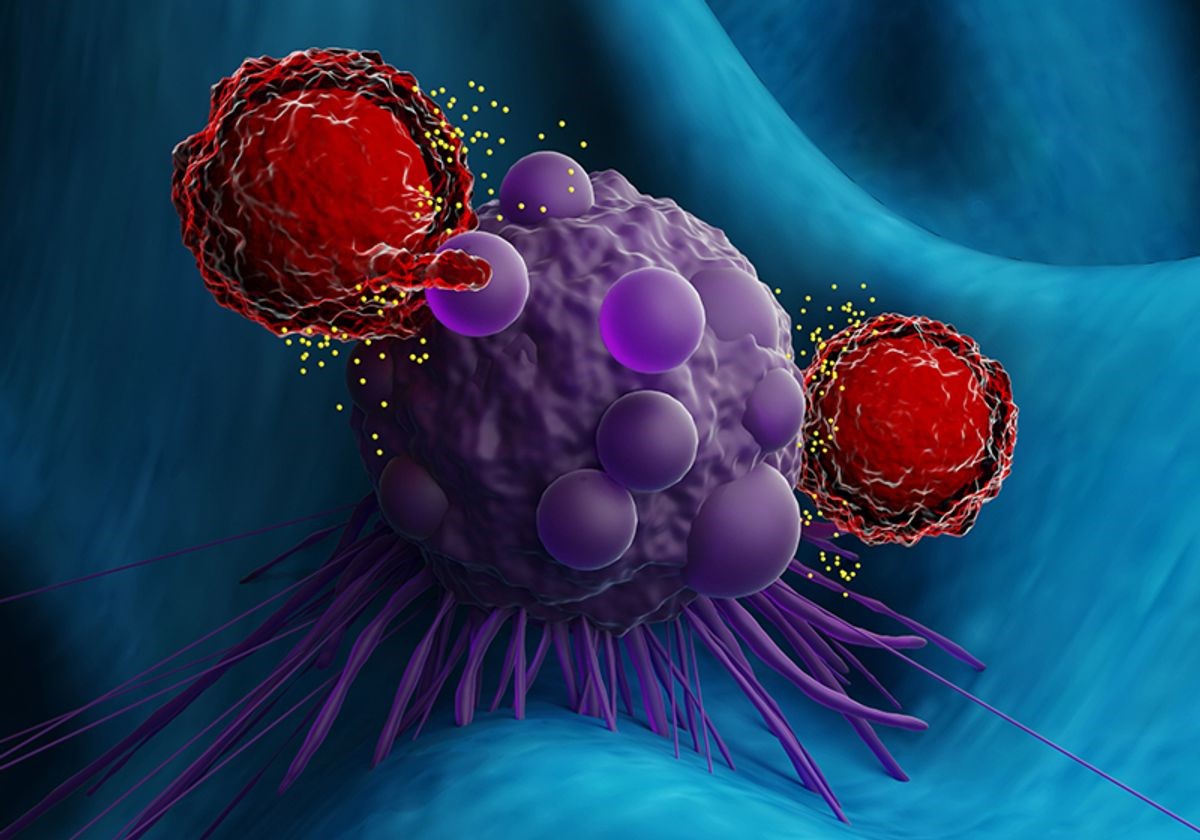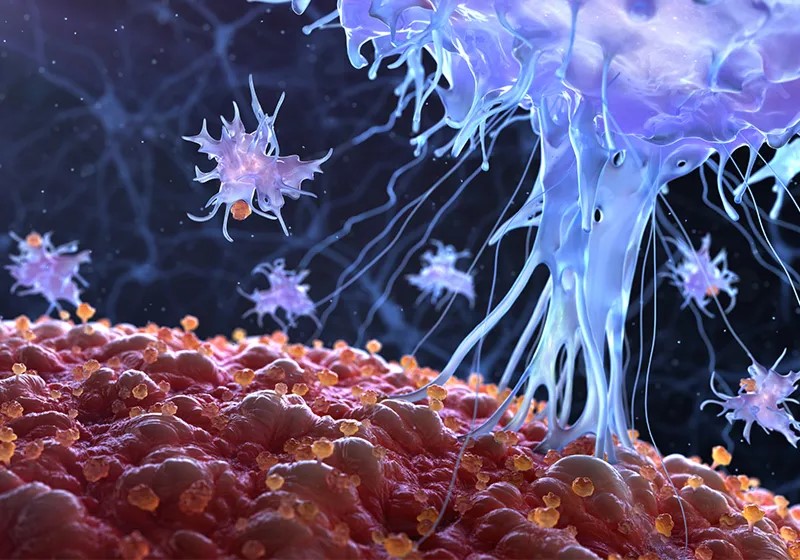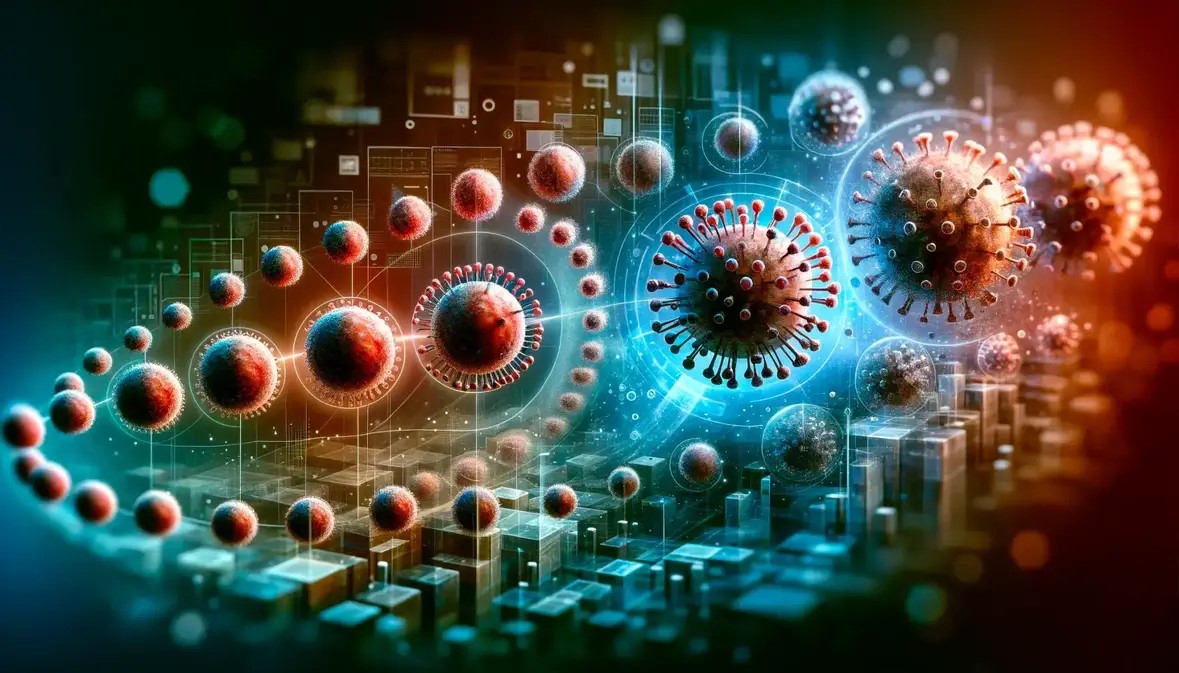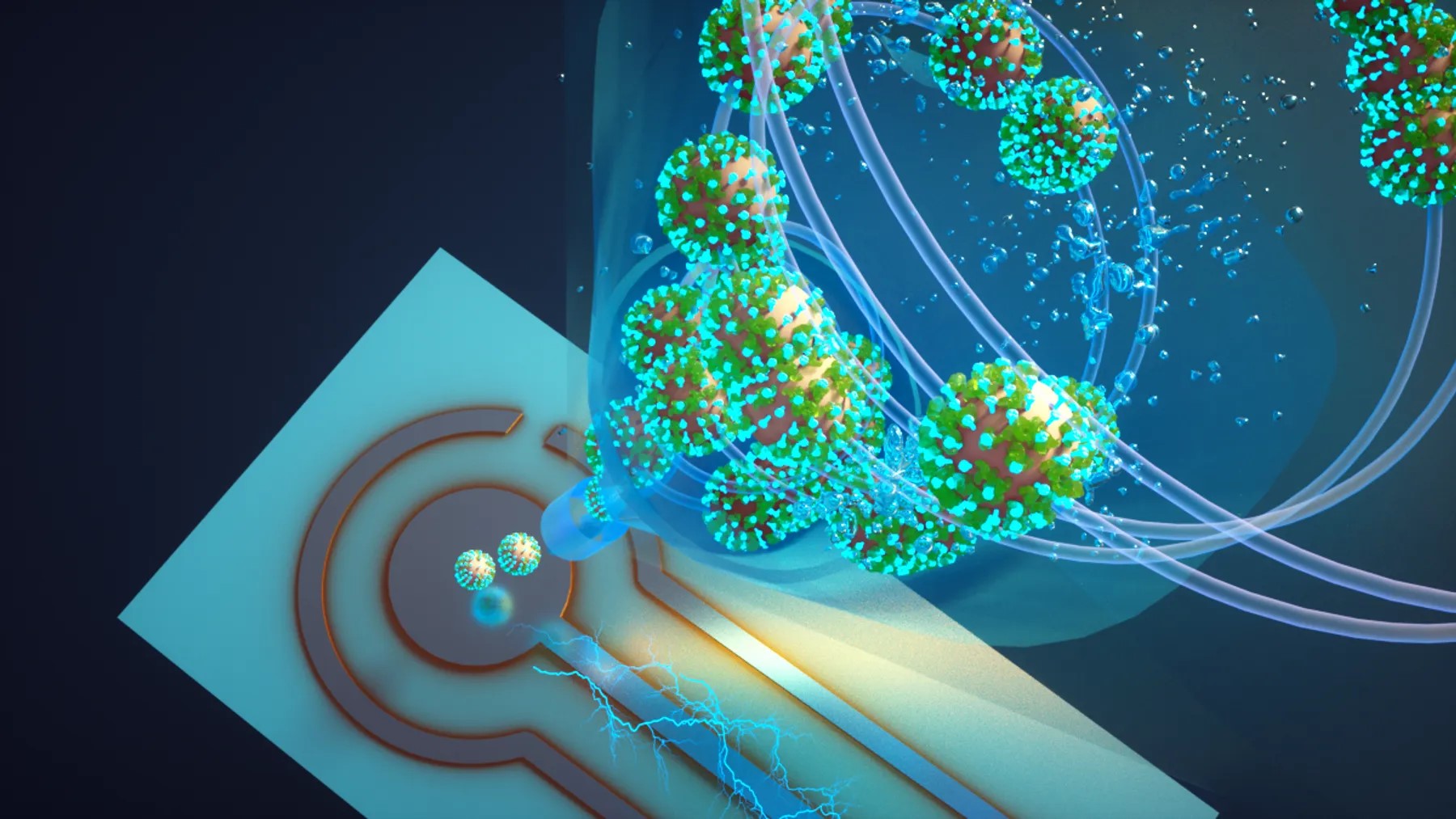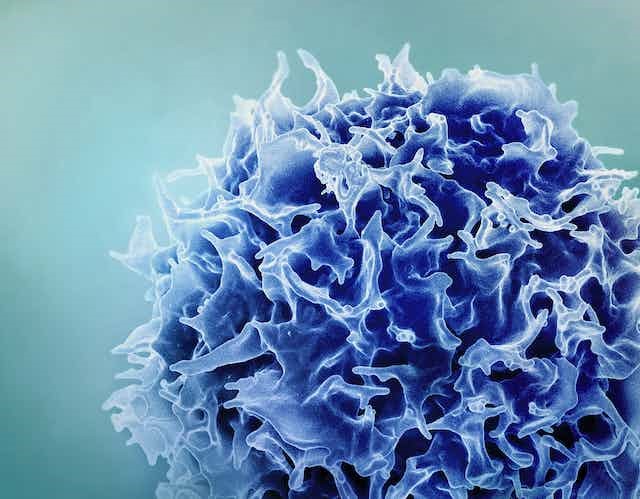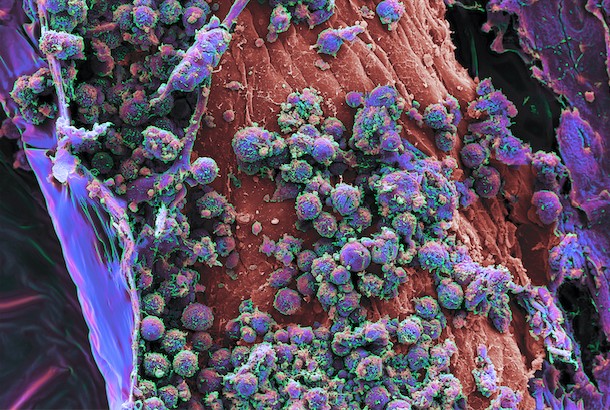Newfound Hybrid Brain Cells Send Signals like Neurons Do
Recent findings challenge the traditional view of astrocytes, a type of glial cell in the brain, as solely playing a supportive role. Previously considered to be involved in holding nerve tissue together, glia were primarily seen as support cells. However, it is now known that glial cells, including astrocytes, have crucial and diverse functions. Contrary to their once-understated role, astrocytes have been discovered to engage in communication with neurons, contributing to the complex networks that give rise to thoughts and feelings.
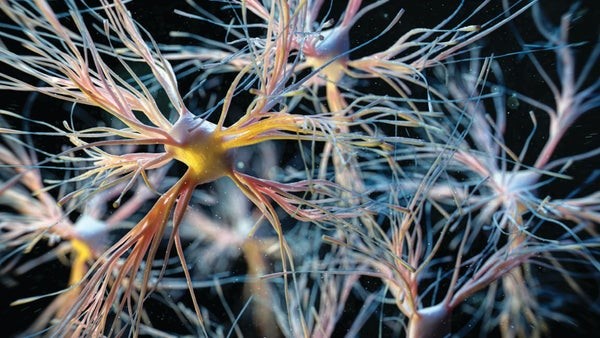
Figure 1.Newfound Hybrid Brain Cells Send Signals like Neurons Do
Figure 1 shows Newfound Hybrid Brain Cells Send Signals like Neurons Do While neurons send signals using neurotransmitters, astrocytes play a more dynamic role in brain function, participating in activities beyond structural support, such as regulating metabolism, protecting neurons, and cleaning up cellular waste. This newfound understanding highlights the multifaceted contributions of glial cells in brain function, expanding their role beyond merely providing structural support.
Neuroscientists have identified a unique type of glial cell, described as a "hybrid" glia, that communicates using glutamate, the brain's most common neurotransmitter. This discovery challenges the conventional separation between signaling neurons and supportive glial cells. The study, published in Nature, marks a significant advancement in understanding the intricate interactions within the brain. Around three decades ago, the idea that star-shaped glial cells known as astrocytes could communicate with neurons emerged, sparking controversy and yielding conflicting results. To address this, the research team, led by Andrea Volterra at the University of Lausanne in Switzerland, reexamined data from mouse brains using single-cell RNA sequencing.
This technique allows for the cataloging of individual cells' molecular profiles, providing a more nuanced understanding. Among the various astrocyte types identified in the hippocampus, a crucial memory region, one displayed the cellular machinery necessary for transmitting signals using glutamate. The findings open avenues for further exploration into the reasons behind specific brain circuits exhibiting this communication and others not.
The discovery of these "hybrid" glial cells, which communicate using glutamate, may explain why they were overlooked in earlier research due to their limited presence in specific brain regions. Neuroscientist Nicola Hamilton-Whitaker of King's College London finds the findings convincing and suggests that previous studies may not have identified these specialized functions because they focused on different types of astrocytes.
The researchers employed a technique to visualize glutamate, observing these cells in live mice. Blocking their signaling impaired the mice's memory performance, and additional experiments suggested potential roles in epilepsy and Parkinson's disease. While human RNA databases indicate the existence of similar cells in humans, direct observation is yet to be achieved.
This discovery prompts a reevaluation of brain circuit models, as these cells were not previously considered. Neuroscientists now recognize the need to include these cells in circuit models to enhance understanding. The next step involves mapping the locations of these special cells in the brain. Given their association with memory structures, the researchers plan to investigate data from individuals with Alzheimer's disease to understand how signaling astrocytes may be altered in dementia. If modifications are identified, these cells could become a new target for research in neurological disorders.
Source:SCIENTIFIC AMERICAN
Cite this article:
Janani R (2023),Newfound Hybrid Brain Cells Send Signals like Neurons Do,AnaTechMaz, pp.151


